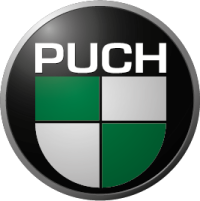The name Monark was chosen to create an association to something royal, something out of the ordinary.
Monark’s origin comes from the little village of Hunnestad near Varberg in the southern Swedish county of Halland. Here, an 18-year-old Swede named Birger Svensson, started a village store from which the Monark bicycle originated. Birger began by assembling and selling bicycles at this small store, but as time passed the business grew into a company manufacturing the parts used to make the bicycles.
Over the years, Monark has been associated with motorised vehicles such as mopeds and motorbikes, products that have required considerable technical expertise and strict quality assurance procedures. Monark became associated with quality. Around the mid-1950s, Monark scored many victories in major bicycle races in Sweden; soon, sport and racing became part of the brand.
Visit brand site














